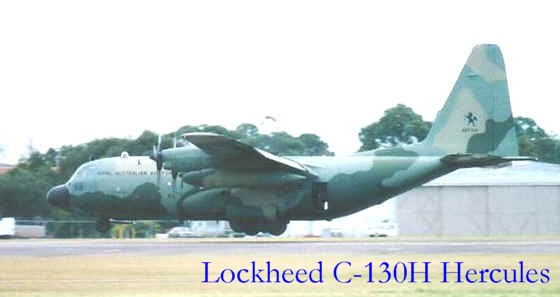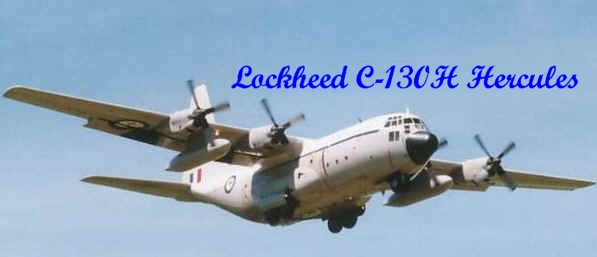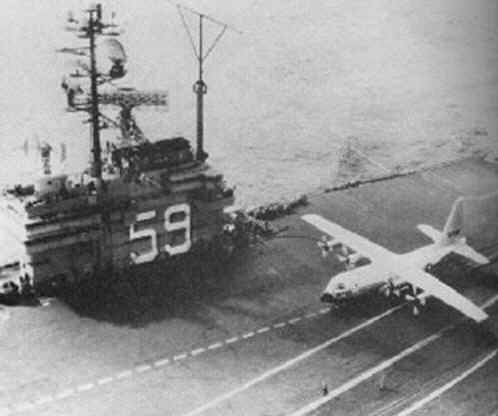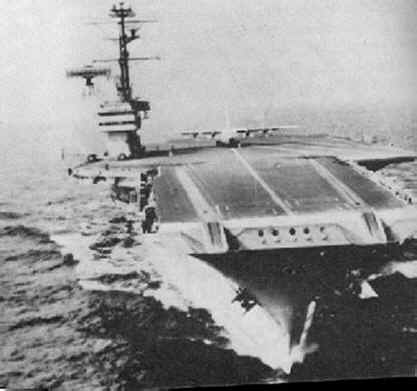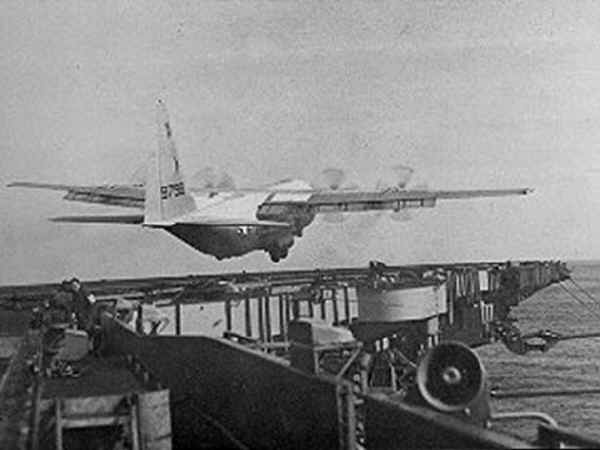 |
|
|||
|
|
||||
|
|
|
The RAAF, having used the reliable C-47 Dakota in the transport role since World War 2, selected the C-130 as a successor, becoming one of the earliest export customers for the type in 1958 with an order for twelve C-130A's. Delivered between December 1958 and March 1959 to 36 Sqn., these were from the last production batch of A variants, and were given RAAF serials A97-205 to -216. Commitment to Vietnam led to a further order in 1965 of twelve C-130E's, to re-equip 37 Sqn. Serials ranged, with some breaks, from A97-159 to -190. 36 Sqn. replaced its old C-130A's in 1978, the replacements carrying serials A97-001 to -012. The C-130A's were withdrawn from service and offered for sale. In the 1990s, 37 Sqn. began looking to upgrade with the purchase of C-130J's, the first of which arrived at Richmond, Vic. RAAF base on 7 September, 1999.
|
|
The Herc Afloat |
|
|
|
Submitted by Alan Kitchen |
|
When one reviews the encyclopedic range of accomplishments by the Hercules and its valiant aircrews over the years, surely one of the most astounding took place in October of 1963 when the U.S. Navy decided to try to land a Hercules on an aircraft carrier: Was it possible? Who would believe that the big, four-engine C-130 with its bulky fuselage and 132-foot wing span - could land on the deck of a carrier?
Not only was it possible, it was done, in moderately rough seas 500 miles out in the North Atlantic off the Boston Coast. In so doing, the airplane became the largest and heaviest airplane to land on a U.S. Navy aircraft carrier, a record that holds to this day.
When Lt. James H. Flatley III was told about his new assignment, he thought somebody was pulling his leg: "Operate a C-130 off an aircraft carrier? Somebody's got to be kidding, " he said. But they weren't kidding. In fact, the Chief of Naval Operations himself had ordered a feasibility study on operating the big propjet aboard the Norfolk-based Forrestal. The Navy was trying to find out whether they could use the big Hercules as a sort of "super-COD" - a "Carrier Onboard Delivery aircraft". The airplane then used was the Grumman C-1 Trader, a twin engine bird with a limited payload and only a 300-mile range. If a carrier is operating in mid-ocean it has no "on board delivery" system to fall back on and must come nearer land before taking aboard even urgently needed items. The Hercules was stable and reliable with a long cruising range and a high payload.
The
aircraft, a KC-130F refueler transport (BuNo 149798), on loan from the
Marines, was delivered October 8. Lockheed's only modification to the
original plane was to install an improved anti-skid braking system, remove
refueling pods form the wings and install a smaller nose-landing gear
orifice.
In addition to Flatley, crewmen consisted of Lt. Cmdr. W.W. Stovall, co-pilot; ADR-1 E.F. Brennan, flight engineer and Lockheed engineering flight test pilot Ted H. Limmer, Jr., safety pilot. The initial seaborn landings, on October30, 1963, were made into a 40-knot wind. Altogether, the crew successfully negotiated 29 touch-and-go landings, 21 un-arrested full stop landings and 21 unassisted take-offs at gross weights of 85,000 pounds up to 121,000 pounds. At 85,000 pounds, the KC-130Fcame to a complete stop within 267 feet, about twice the aircraft's wing span! The Navy was delighted to discover that even with the maximum load, the plane used only 745 feet for take-off and 460 feet for landing roll. The short landing roll resulted from close coordination between Flatley and Jerry Daugherty, the carrier's landing signal officer. Daugherty, later to become a captain and assigned to the Naval Air Systems Command, gave Flatley an engine "chop" while still three or four feet off the deck.
Lockheed's Ted Limmer, who checked out fighter pilot Flatley in the C-130, stayed on for some of the initial touch and go and full-stop landings. "The last landing I participated in, we touched down about 150 feet from the end, stopped in 270 feet more and launched from that position, using what was left of the deck. Still had a couple hundred feet left when we lifted off. Admiral Brown was flabbergasted...."
The plane's wingspan cleared the Forrestal's flight deck "island" control tower by just under 15 feet as the plane roared down the deck on a specially painted line. Lockheed-Georgia's chief engineer, Art E. Flock was aboard to observe the testing.
"The sea was pretty big that day. I was up on the captain's bridge. I watched a man on the ship's bow and that bow must have gone up and down 30 feet." The speed of the shop was increased 10 knots to reduce yaw motion and to reduce wind direction. Thus, when the plane landed, it had a 40 to 50 knot wind on the nose.
"That airplane stopped right opposite the captain's bridge," recalled Flock. "There was cheering and laughing. Thereon the side of the fuselage, a big sign had been painted on that said, "LOOK MA, NO HOOK."
From the accumulated test data, the Navy concluded that with the Hercules, it would be possible to lift 25,000 pounds of cargo 2,500 miles and land it on a carrier. Even so, the idea was considered a bit too risky for the C-130 and the Navy elected to use a smaller CoD aircraft. For his effort the Navy awarded Flatley the Distinguished Flying Cross.
|
|
|
